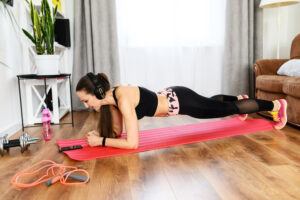
You can get a full body workout at home without weights.
No access to a gym, no worries. We got you covered.
The tools you need are right in your house.
Here are 15 exercises that anyone can do at home using your floor, bed, wall, and couch.
Floor
With a flat surface, you can do pretty much any exercise. Here are 5 that will help you to keep in shape:
Jumping jacks are a great form of cardio that engages the entire body.
Step 1: Stand with your back straight, feet together and flat on the floor and hands by your side.
Step 2: Jump upwards, bringing your hands straight above your head and landing with your feet hip-width apart
Step 3: Jump again, this time bringing your hand and feet to the original position. This is one rep.
Modification: Instead of jumping, do a side step.
This is another form of cardio, that can function as bodyweight training.
Step 1: Stand upright with your feet shoulder-width apart. Your hands should be by your side.
Step 2: Keeping your back straight, push your hips back, and bend your knees to initiate a squat.
Step 3: Put your hands on the floor in front of you and shift your body weight to your hands.
Step 4: In a quick jumping motion, extend your feet backward and get into a plank position.
Step 5: Jump your feet forward, back into step 3’s position, and jump upwards quickly, landing flat on your feet. This is one rep.
Modification: Replace jumping with a gentle step back in step 4 to make it easier. Make your burpee more advance by doing a push up when you are in the plank position
Squats help to tone the leg muscles and glutes. They also help to improve stability and lower body strength.
Step 1: Stand upright with your legs shoulder-width apart and toes parallel (or outwards if it helps you to stay balanced.
Step 2: Contract your abs and push your butt backward as if you’re sitting in an imaginary chair. Do not concentrate on bending your knees.
Step 3: As you descend, look straight ahead and avoid hunching over. Extend your hands in front of you to maintain your balance, or bend your elbows to clasp your hands. Your knees should not pass your toes.
Step 4: Keep your body tight and push through your heels to get back to your original position. This is one rep.
Modification: Use a chair for guidance
Calf raises are great for toning the legs and improving stability.
Step 1: Stand flat on the floor, or on the edge of your steps, or anything that can keep your heels off the floor.
Step 2: Straighten your back, contract your abs, and use the wall or railing or a piece of furniture that is taller than you for stability.
Step 3: Raise your heels off the floor by getting on your tippy-toes, and hold for 3 seconds.
Step 4: Lower your body to stretch your calves. This is one rep.
Modification: Try doing calf raises with one leg at a time.
Planks strengthen the core, promote balance, and can improve posture.
Step 1: Lay flat on your stomach and place your forearms parallel to the floor.
Step 2: Extend your legs outwards onto your tippy toes and press your forearms into the floor to raise your body above the floor.
Step 3: Squeeze your glutes, keep your neck neutral, and engage your abs. Your head should be in line with your back and your body should be as stiff as a piece board. Hold this position for at least 30 seconds.
Modification: If you cannot manage to hold this pose, bend your knees to the floor. If you want to make this harder, straighten your elbows and place your palms flat on the floor as if you were going to do a pushup.
Bed
Getting out of bed in the morning sucks, so why not stay in bed while you do your workout?
Bicycle crunches work both the upper and lower abs, along with the thighs and obliques.
Step 1: Lay flat on your back, bend your knees and place your arms behind your head.
Step 2: Lift your bent legs off the floor and pull your navel in. Raise your shoulder blades off the floor slightly.
Step 3: Pull your left knee in towards your chest and meet it with your right elbow while extending your right leg. Repeat by pulling your right knee in towards your chest and meet it with your left elbow while extending your left leg. This is one rep.
Modification: If you can’t manage to extend your leg for each crunch, rest the soles of that foot on your bed.
Scissor kicks work the core, glutes, abs, and legs.
Step 1: Lay with your back flat on the floor with your legs extended.
Step 2: Place your palms beside your hips or below your glutes.
Step 3: Raise your legs, engage your core, and tuck your pelvis. Lift one leg above the other and alternate in a scissors motion. Each alternation is one rep.
Modification: Keep your legs barely raised above the mat to relieve the pressure on your lower back.
This exercise engages the glutes and helps to increase hip stability.
Step 1: Lay on your back with your palms flat and knees raised off the floor.
Step 2: Lift your hips off the floor until your knees and shoulders are in a straight line.
Step 3: Brace your core and raise your right leg off the ground. Do the same with the left leg. Do not drop your hips.
**You may also try this exercise at the edge of your bed. These are flutter kicks.
Modification: Instead of placing your palms flat on the floor, extend them to a T-shape for greater stability.
This targets the legs, hips, lower black, and glutes.
Step 1: Lay on your side with your feet together. Your right forearm should be braced against the bed and your left arm should be by your side.
Step 2: Lift your left laterally and lower it slowly. This is one rep.
Step 3: Repeat on your right side after a couple of reps.
**You may also try this exercise by laying flat on your back and doing leg lifts towards the ceiling to target the abs.
Modification: None
This is an exercise that targets the core, glutes, hamstrings, hips, and upper back.
Step 1: Lay flat on your stomach and assume superman’s flying position. In other words, raise your head slightly and extend your legs and arms. Lift your chest as high as you possibly can and hold the pose for at least 3 seconds. This is one rep.
Step 2: Release and repeat.
Modification: None
Wall
If you’ve managed to get out of the bed, good for you! These are some excellent wall exercises:
Wall push-ups are the same as regular pushups, but instead, you do them on your wall. They’re much easier and target the shoulders, upper back, chest, and arms.
Step 1: Stand 2 feet away from the wall and extend your hands in front of you. Your palms should be touching the wall.
Step 2: Bend your elbows and lean your body in towards the wall, bringing it as close as you can without touching.
Step 3: Push your palms into the wall to straighten your elbows and return to the original position. This is one rep.
Modification: None
This exercise helps you to tone your legs and abs, strengthen your calves and thighs, and improve balance.
Step 1: Stand upright with your back facing the wall.
Step 2: Slowly slide into a squat position with your knees at a 90-degree angle.
Step 3: Hold this position for at least 30 seconds.
Modification: None.
Legs curls strengthen and tone the muscles in your legs and help to stabilize the knee joints.
Step 1: Lay flat on your stomach with the soles of your feet pushed up against the wall.
Step 2: Slowly kick back your right leg towards to glutes then lower it to the wall. Repeat with the left leg. This is one rep.
Modification: Curl both legs at once.
This is an exercise that engages the core, glutes, and stabilizes the hips and lower back.
Step 1: Lay flat on your back with your palms on flat on the floor.
Step 2: Bend your knees to a 90-degree angle and press the soles of your feet into the wall.
Step 3: While squeezing your glutes, lift your hips off the floor as high as you can then lower it to the floor. This is one rep.
Modification: Hold the position for 30 seconds.
Lunges target the legs and the glutes. They also help with stability.
Step 1: Stand 3-4 feet away from the wall with your back facing it.
Step 2: Bend your right knee slightly behind you until it touches the wall. Press the balls of your foot into the wall and tighten your abdomen.
Step 3: With your back straight, bend your left knee to 90 degrees and dip. Your knees should not pass your toes.
Step 4: Press your right heel into the wall to slowly raise your body to the position in step 2. This is one rep.
Modification: None.
Summary

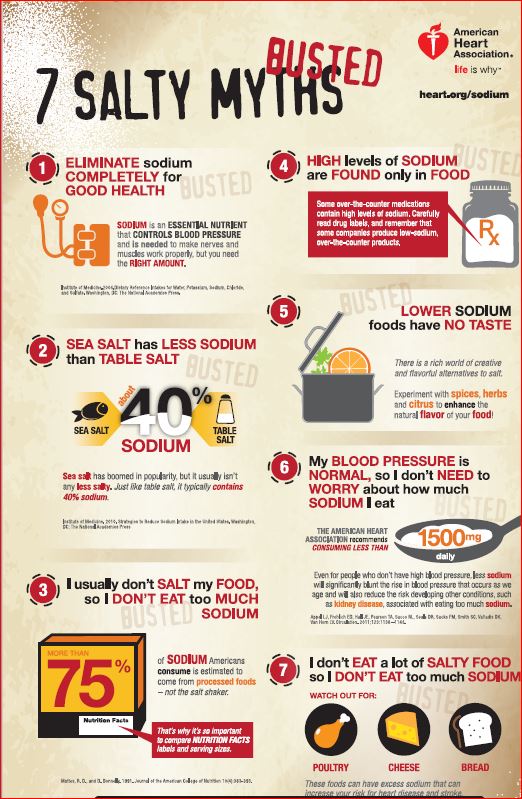
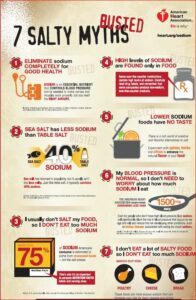
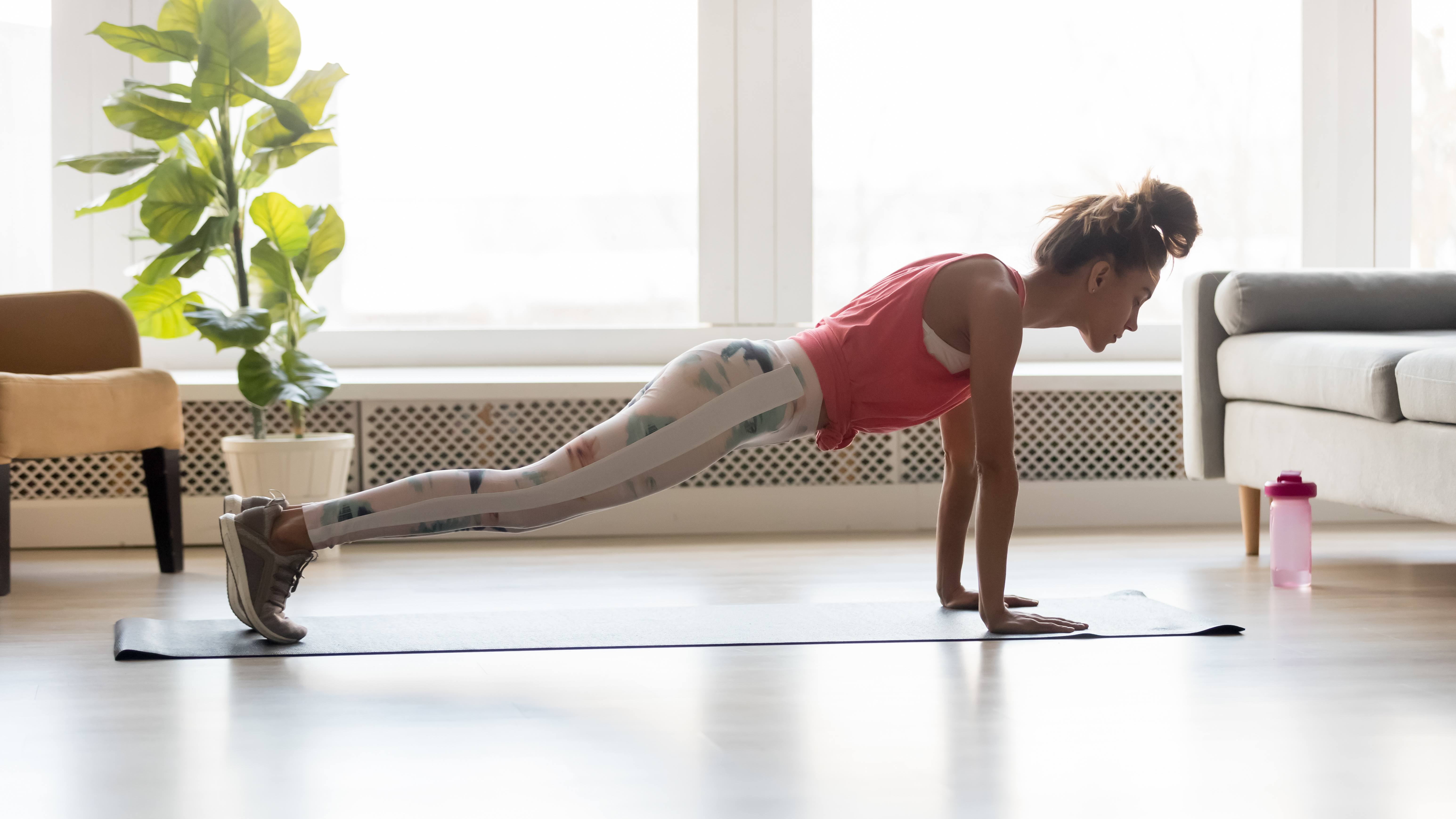


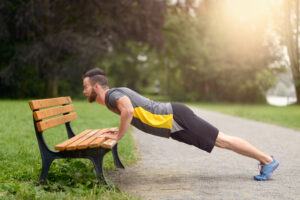
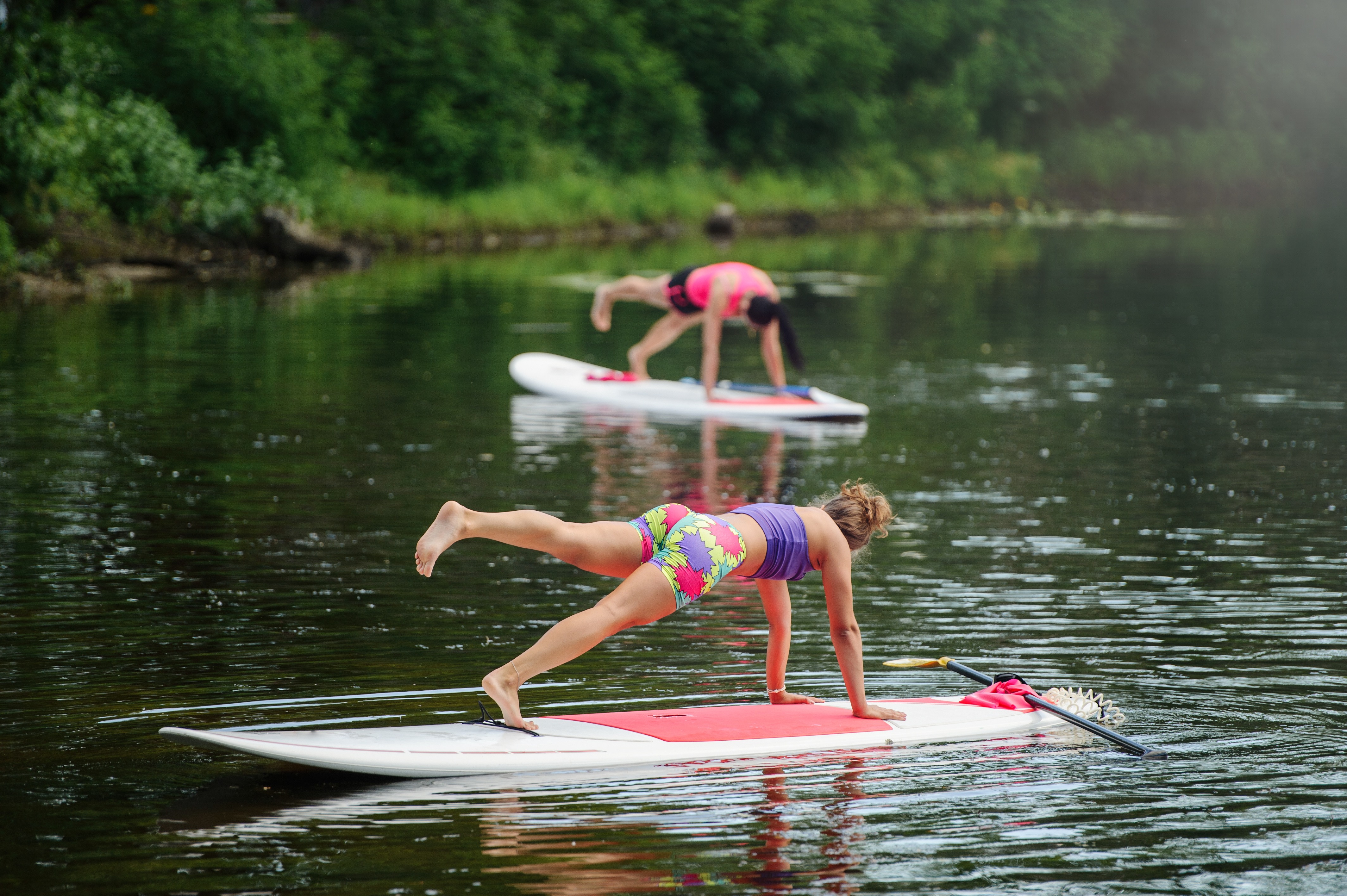


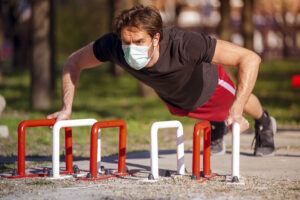

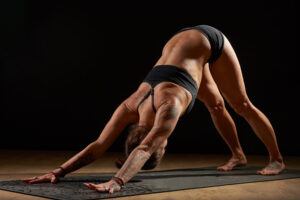
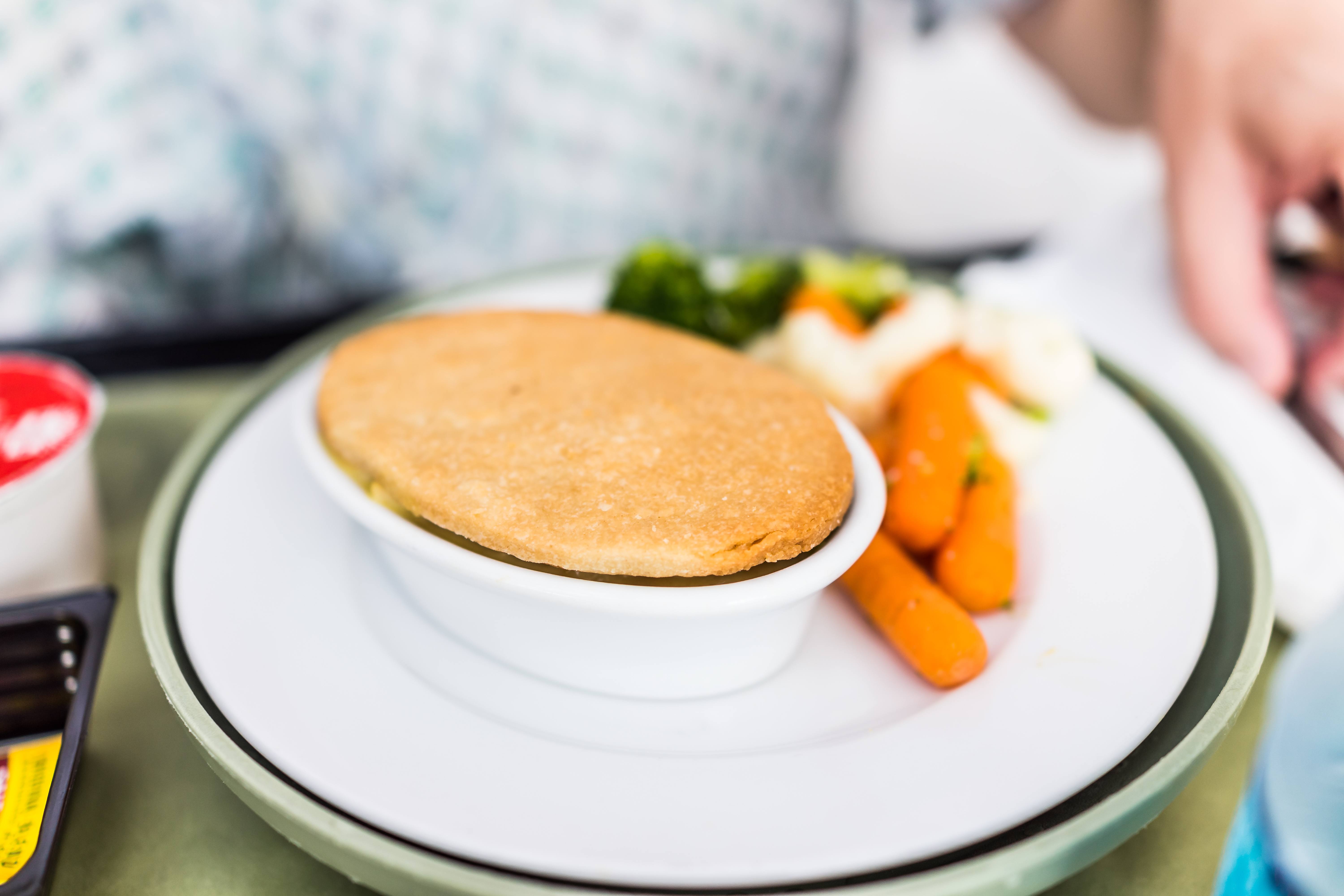
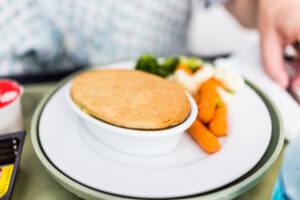

 Studies show that people with diabetes who maintain normal or near-normal blood glucose (sugar) levels are at a reduced risk for complications. If you have diabetes
Studies show that people with diabetes who maintain normal or near-normal blood glucose (sugar) levels are at a reduced risk for complications. If you have diabetes
